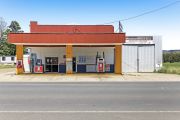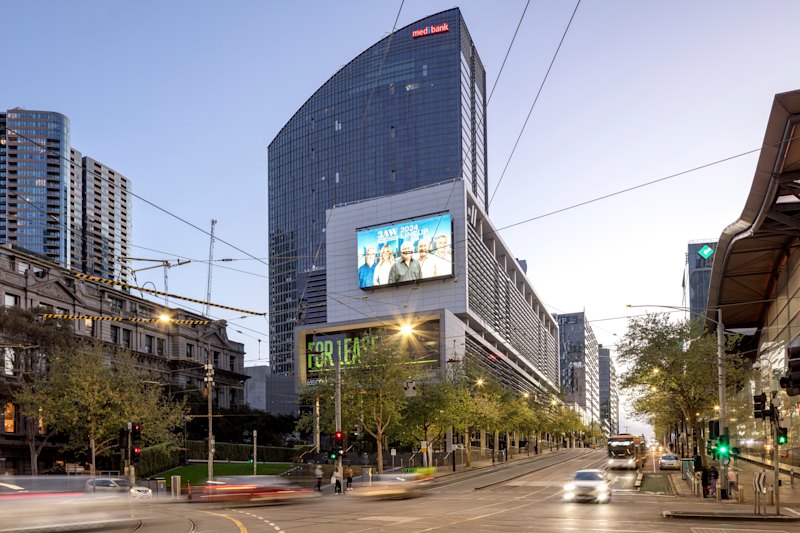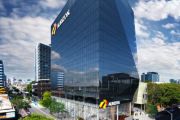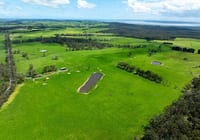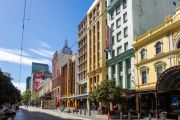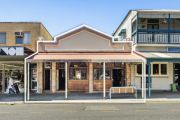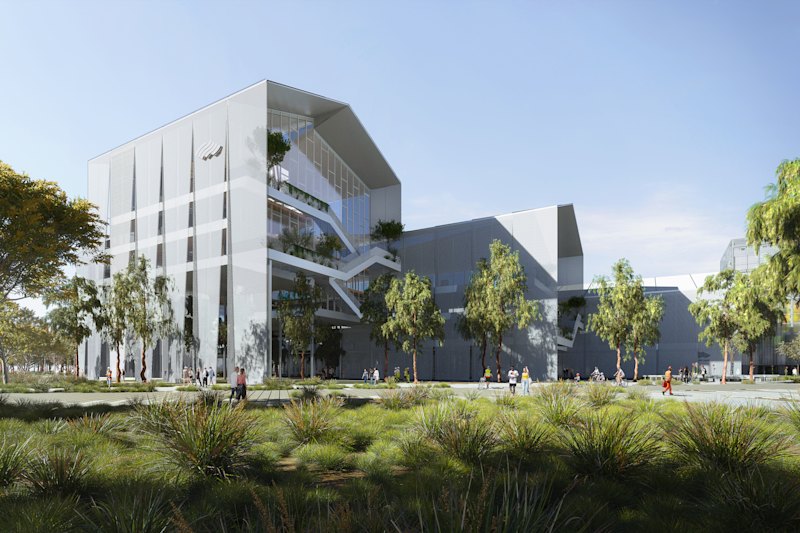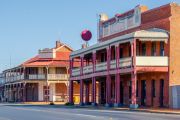
Newcastle City Council eyes developers as it confirms listings of two iconic buildings
Two of Newcastle’s most distinctive commercial buildings in its civic centre are set to be either sold or leased out long-term, with the council owner expecting a flood of interest from both businesses and developers locally and overseas.
The circular brutalist 1970s eight-storey City Administration Centre has the potential to be refurbed into a higher grade office building or a hotel, adapted for student accommodation or redeveloped into residential apartments.
Meanwhile the heritage-listed four-level 1904 building nearby, constructed for the Fred Ash company established in 1855, has been posited as future boutique offices, a small hotel or an art gallery.
The two premises will fall vacant later this year when the council embarks on its $7-million move to transfer staff to a new building under construction in the city’s west end, its new CBD.
“The administration building is probably B or C-grade at the moment, so it could be converted to better quality office space for perhaps legal use as it’s adjacent to the city’s new law courts,” says Jerrard Fairhurst, commercial valuations manager for Newcastle at the Opteon Property Group, whose late father John was actually the quantity surveyor for the building.
“But the problem in Newcastle is that there’s too much office space of that grade. The only big companies who’d lease that amount of space are likely to be [state] government tenants as big companies don’t tend to want to move to Newcastle. The tax office next door recently moved back to Canberra and Sydney, so they left 8,000 square metres of empty space behind.”
The curved tower, known locally as the Roundhouse, Champagne Cork, Shuttlecock or The Mushroom, has 4,375 square metres of lettable space, and 55 car spaces, on a 2,500-square-metre site. Mr Fairhurst estimates that it could command a price of around $3,000 per square metre, or $13 million, and, with significant investment, be turned into one worth more than $32 million.
The council’s property manager has officially assessed both buildings’ value, but the figure is deemed to be commercially sensitive so is not being released.
The larger tower, inspired by Boston City Hall, was once one of the highest buildings in the city, and among the first to build basement car parking on an area over the water table, becoming notorious during construction when the basement filled with water.
“The US-based builders Dillingham Construction then sued the council over the contract and won compensation of about $10 million,” says Mr Fairhurst. “They had to redesign the basement to make it watertight so it could work.
“But I would think the best use could be reconfiguring it into residential as there’s so much demand for units. You might pay $3,000 per square metres for the building and you could convert them into apartments that could be worth maybe $7,500 per square metre.”
Ed Thwaites, director of commercial development for valuers Herron Todd White, believes it would need a lot of work.
“It’s not exactly well-loved and some people might even call it an eyesore,” he says. “But a good architect might be able to do something with it through adaptive re-use.”
The smaller heritage building nearby with its Romanesque façade was the public face and retail arm of merchant Frederick Ash’s hardware enterprise, an innovative company selling galvanised, corrugated and plain iron, sheet lead, cements, electrical materials, oils, glass and builders’ ironmongery.
It has 1,271 square metres of net lettable area as well as a loading area. “You wouldn’t be allowed to do much with it apart from renovate internally and upgrade externally,” says Mr Thwaites.
“Lots of options”
Newcastle Lord Mayor Nuatali Nelmes reports that property investors and developers have made numerous unsolicited approaches to the council over the years about both buildings.
“We have a shortage of accommodation and rooms in Newcastle so, personally, I would think it could become a good hotel, with views to both the north and south which will never be built out,” she says. “But there are a lot of options. Members of the legal fraternity may be interested for office space, or it could become student accommodation.
“Then the Fred Ash building could also make good office space or a hotel, but we’re open to all suggestions. Potentially there’s also interest in Newcastle at the moment from overseas since this is a unique period in our history with so much investment in the city.”
Certainly, the release of the two buildings – which will be managed by an expressions of interest process in July – comes at a time of an unprecedented regeneration of Newcastle with $1.5 billion-plus in building approvals this financial year, $1 billion in the last year, and a massive $650 million State Government infrastructure spend with a light rail system and CBD upgrade.
Residential property prices are surging ahead too, with median house prices rising 70.6 per cent in the last five years to $535,000 on Domain Group figures, and units up 63.2 per cent to a median of $448,500.
And the interests that will be bidding for the two properties may find it easier to convert them then they think, says David Rose, regional managing director of architects DWP who took over from Suters Architects, the company who designed the round building in conjunction with Romberg & Boyd.
“It’s a fine example of architecture of its time, and it will be quite easy to re-adapt to other usages,” he says. “That could be anything from hotel to boutique accommodation, from student rooms to units to other commercial uses.
“The Fred Ash building I always thought would make a very good art gallery or annex to the main art gallery, but that could also be flexible for hotel or office use or for professional suites, or have a WeWork-style co-working outcome.”


